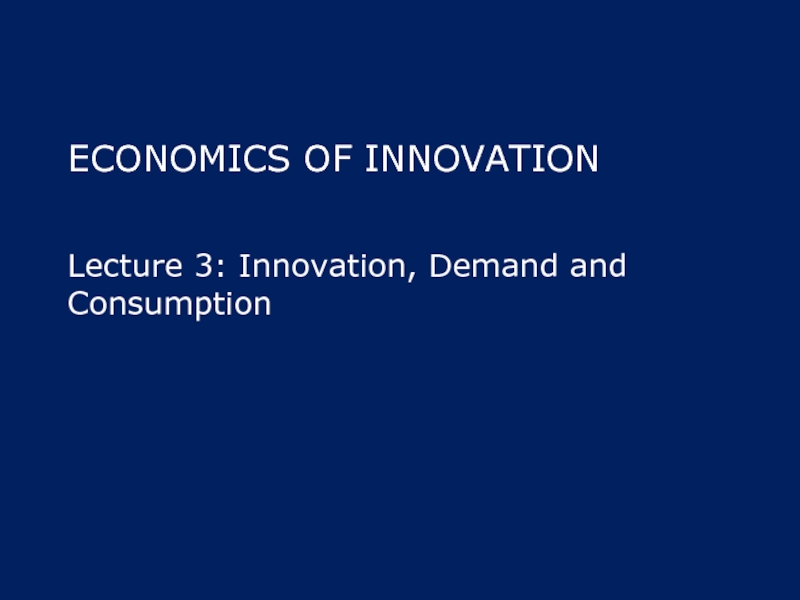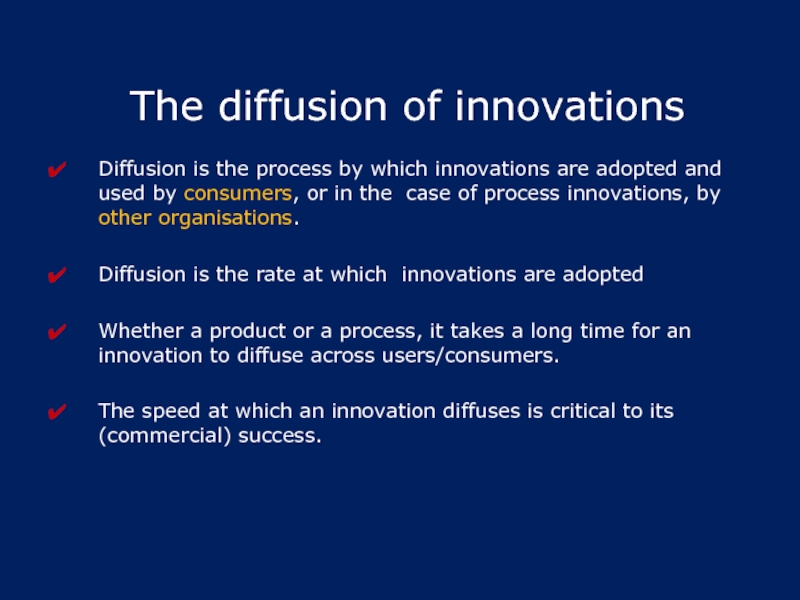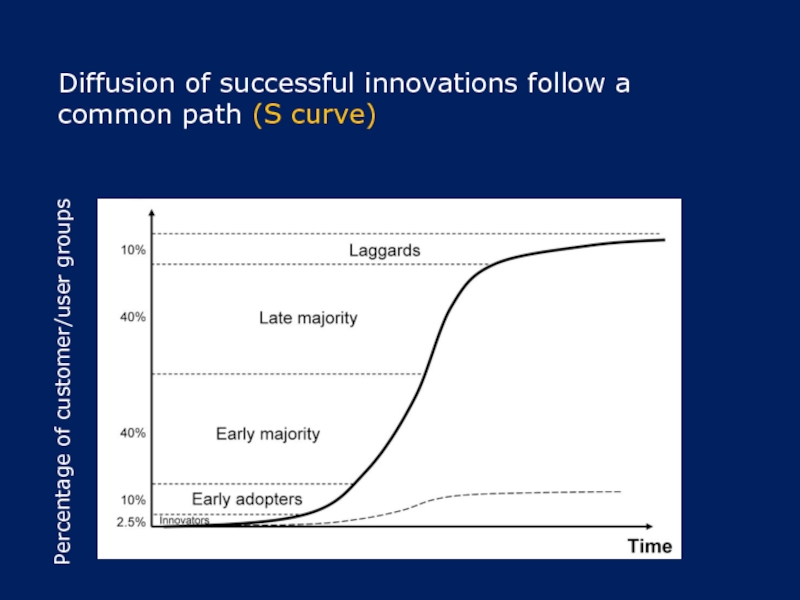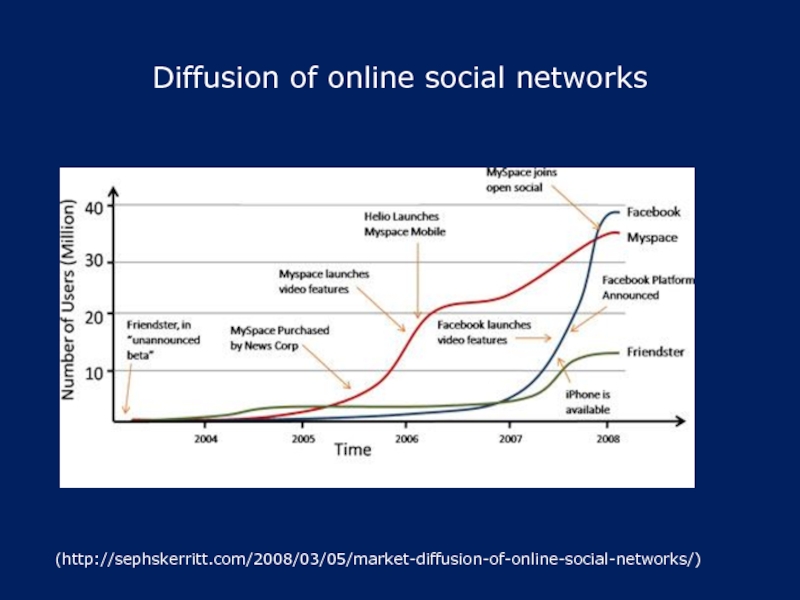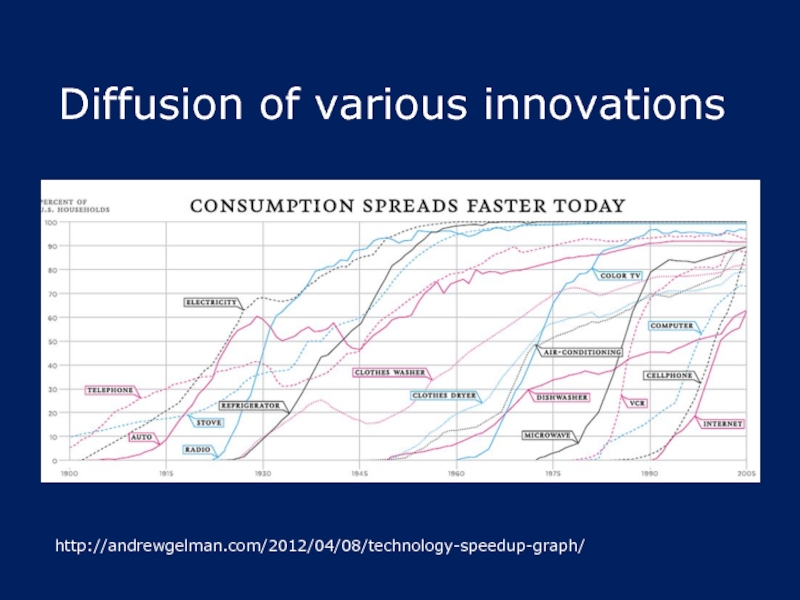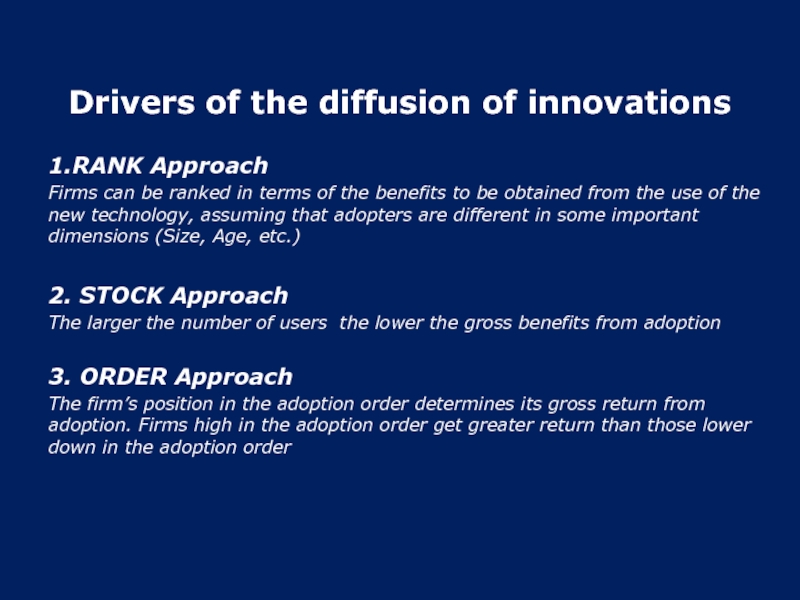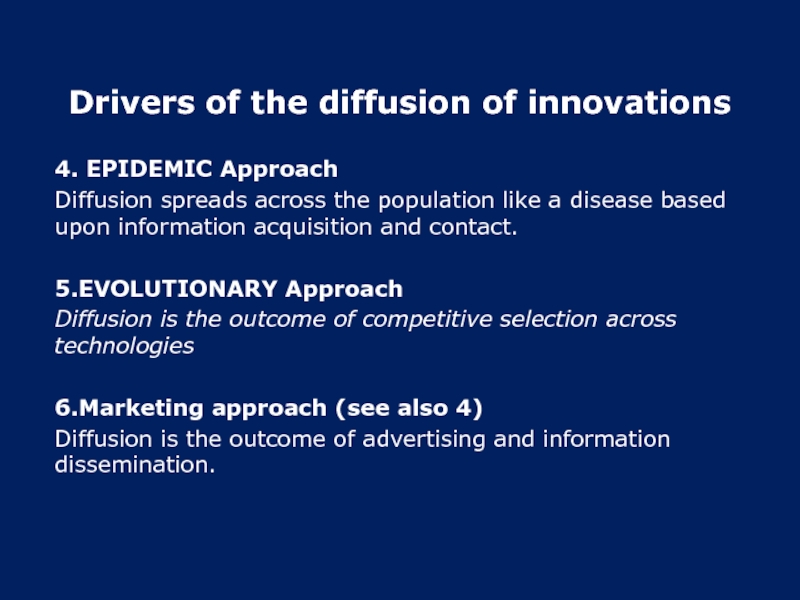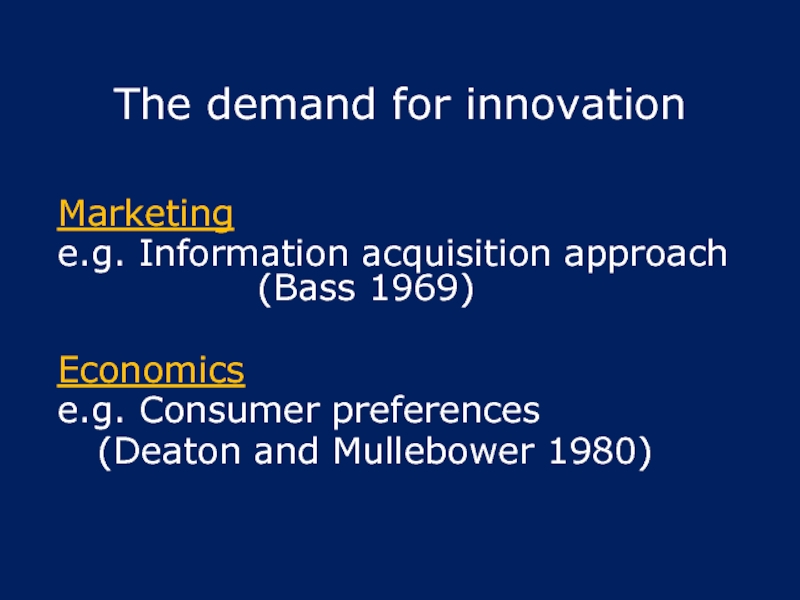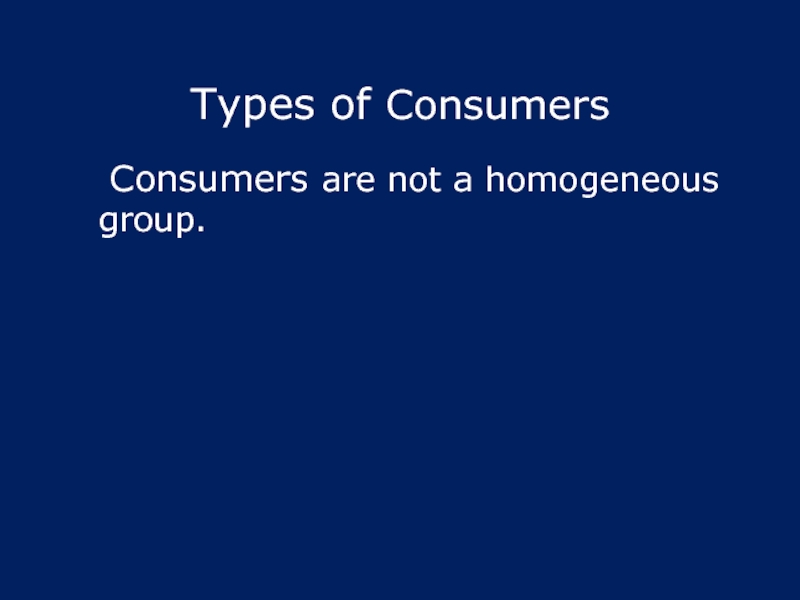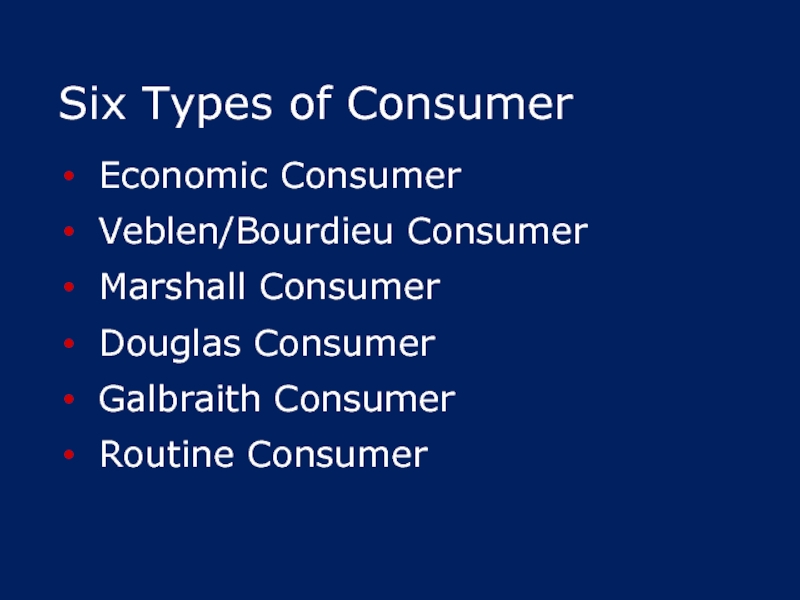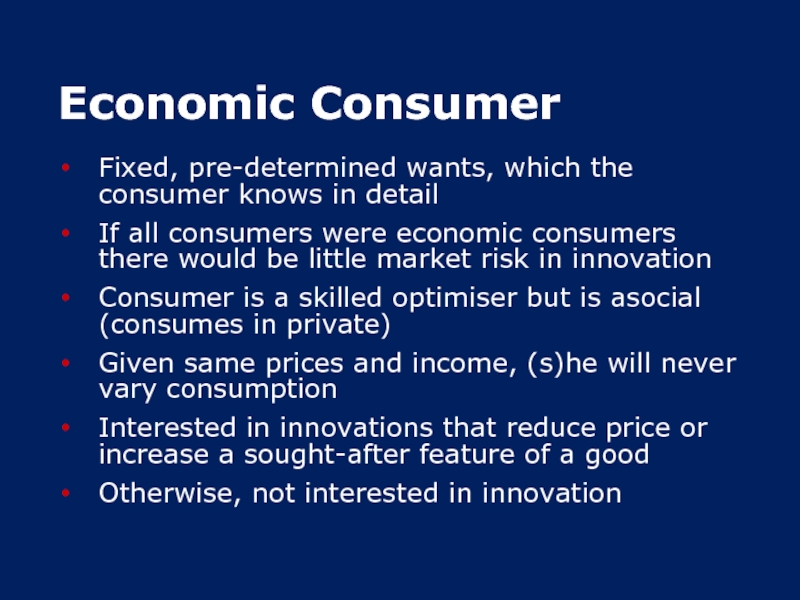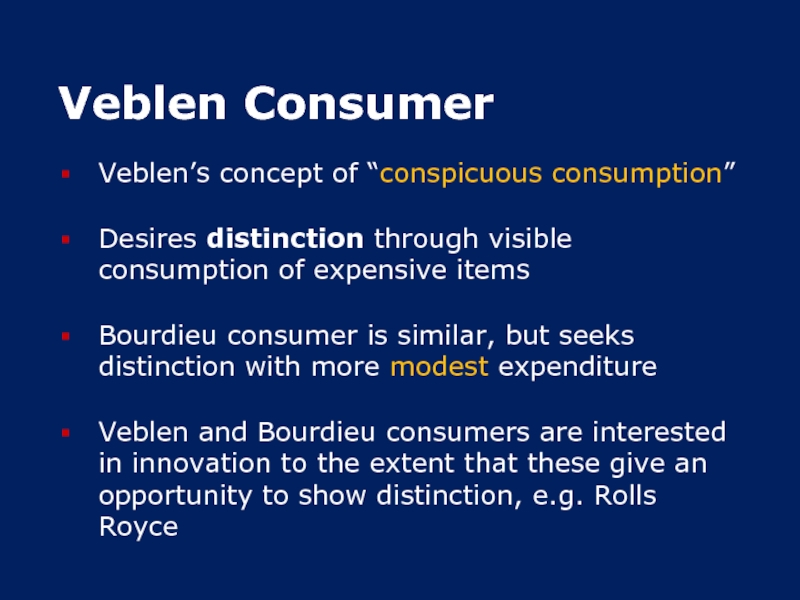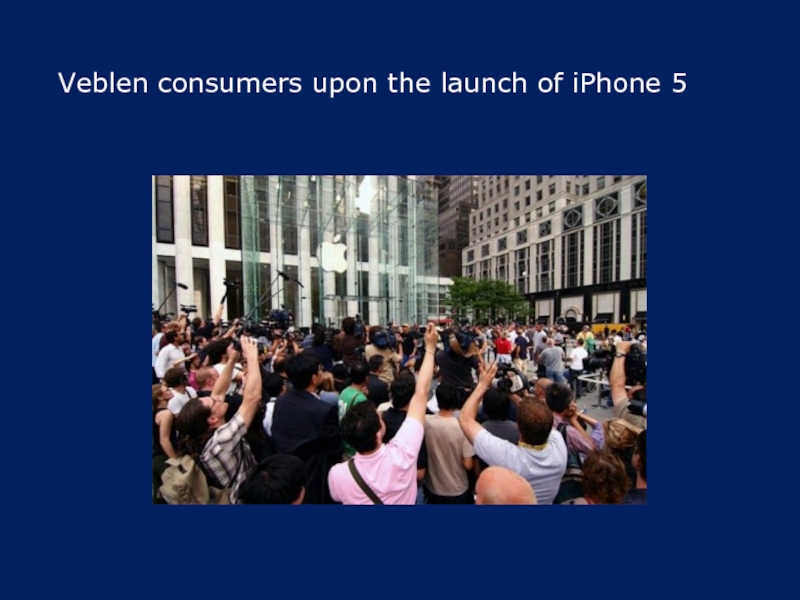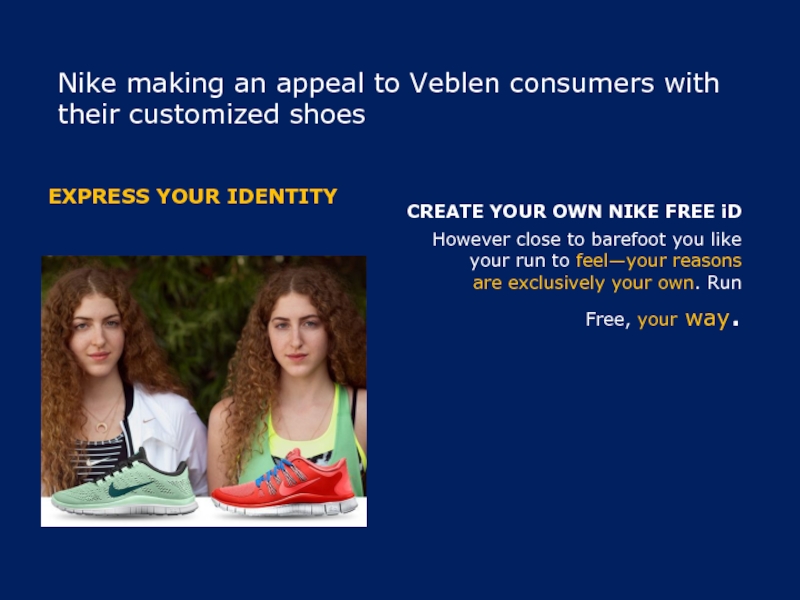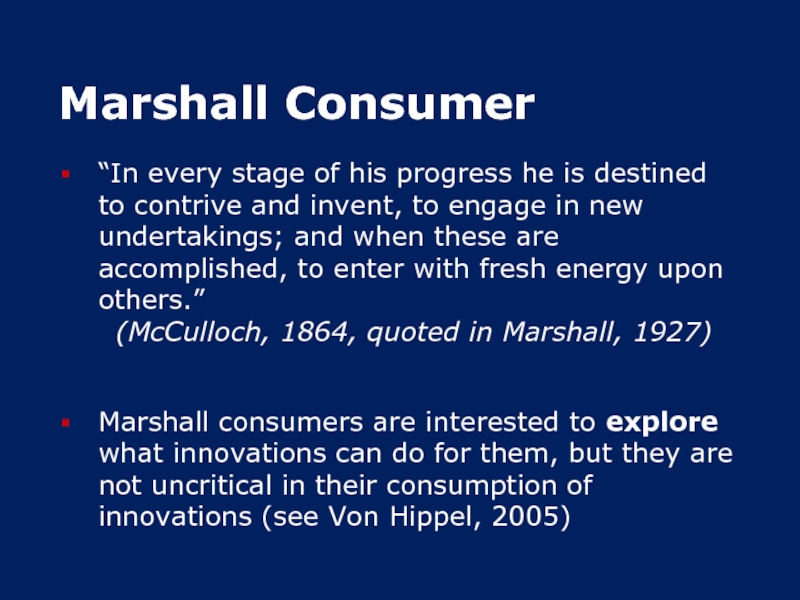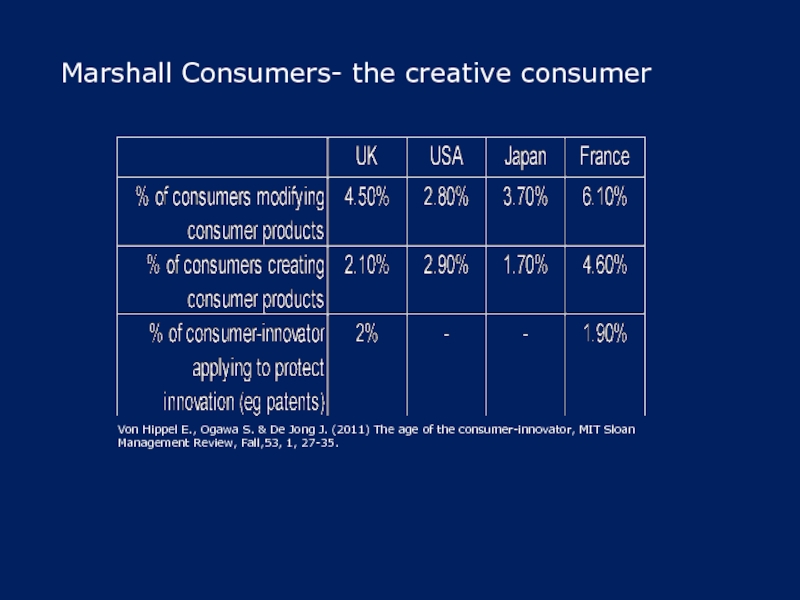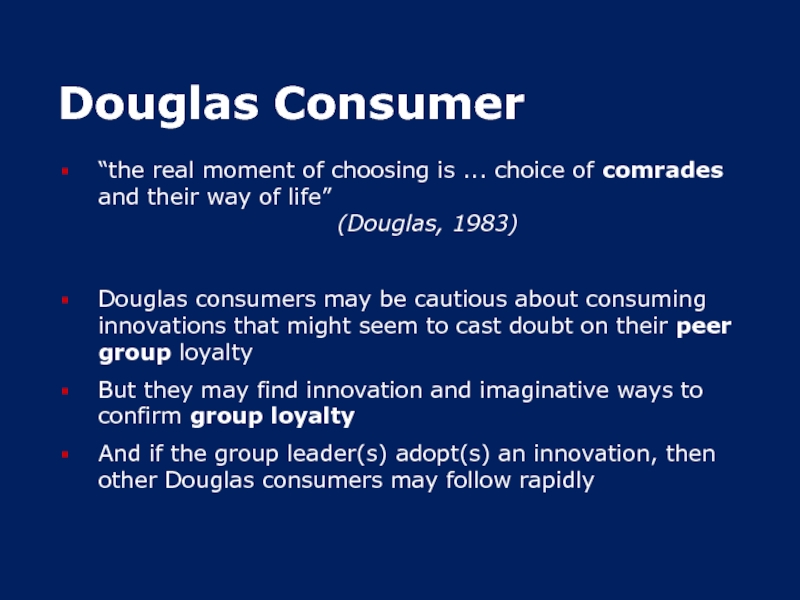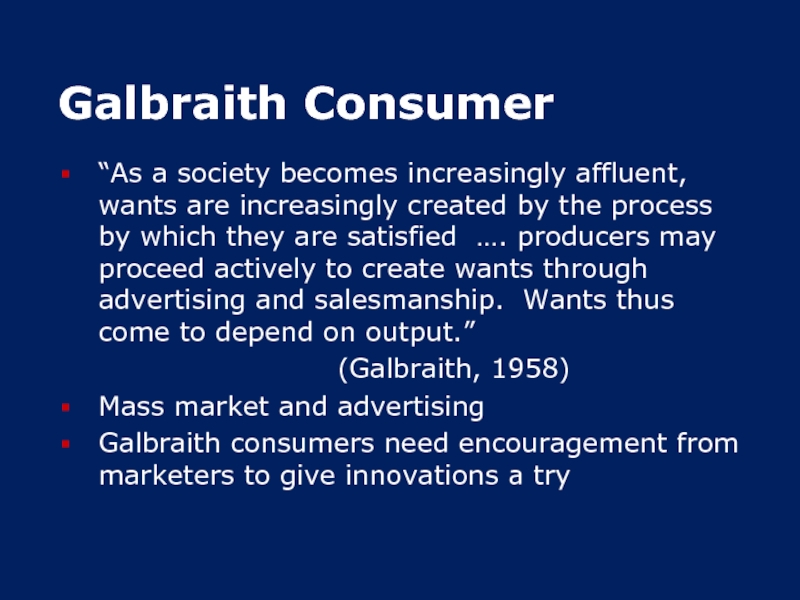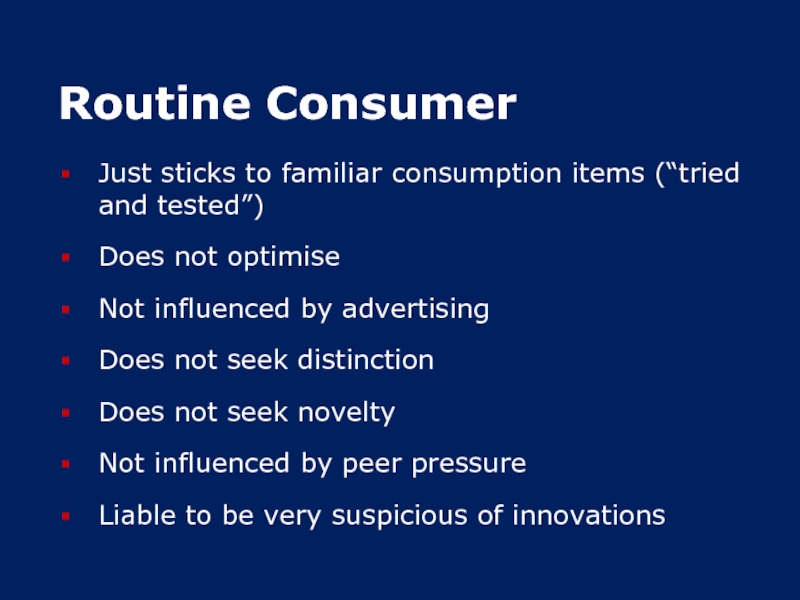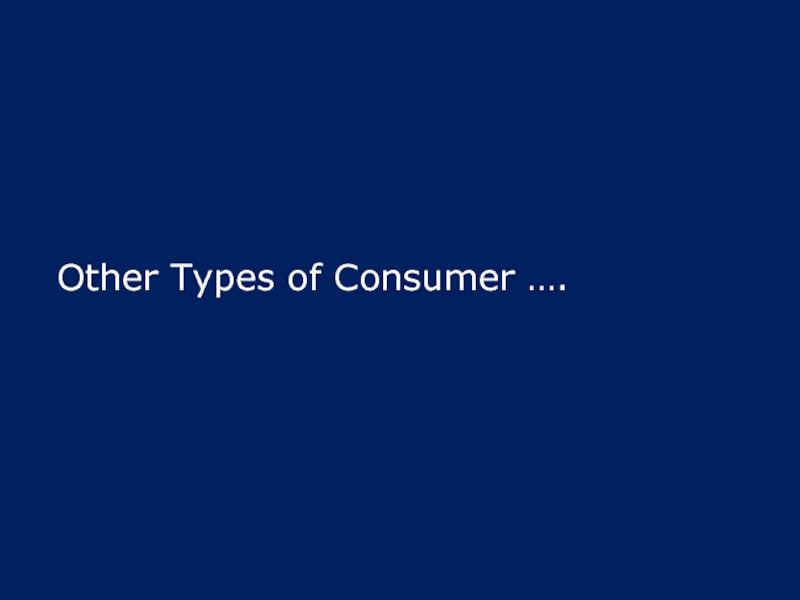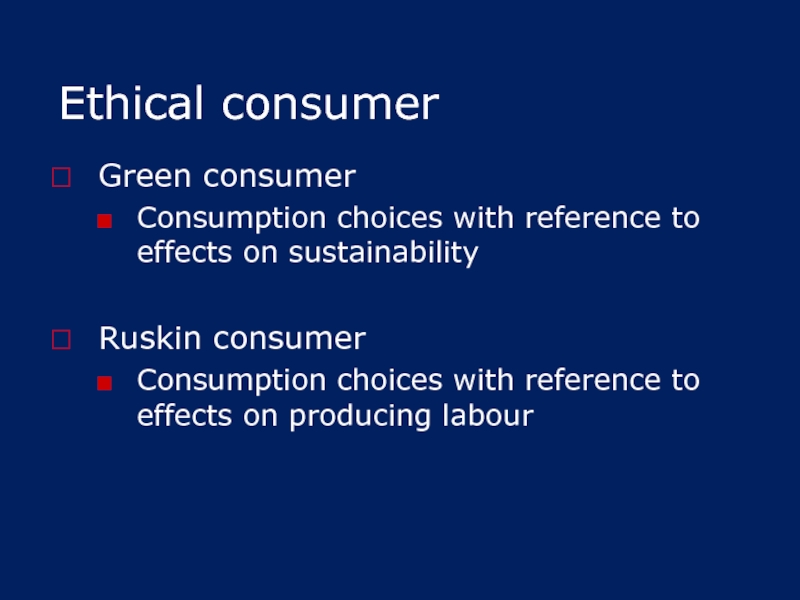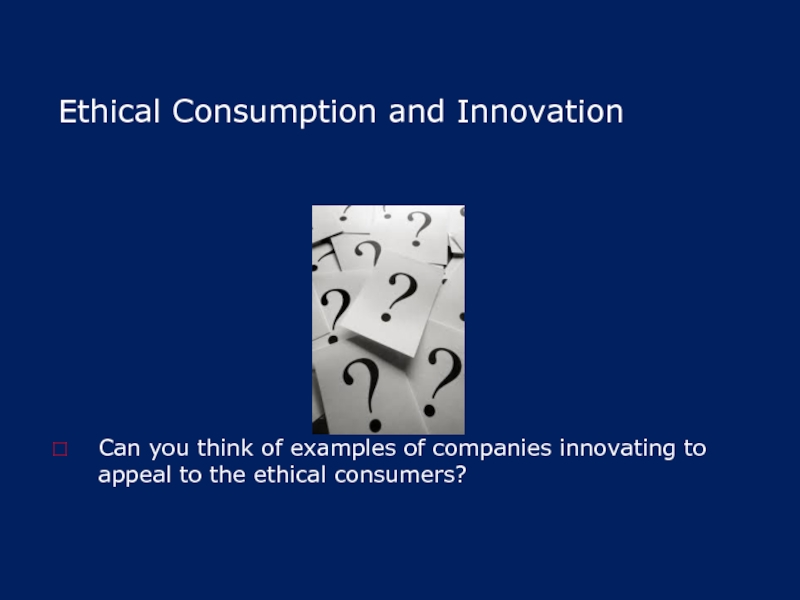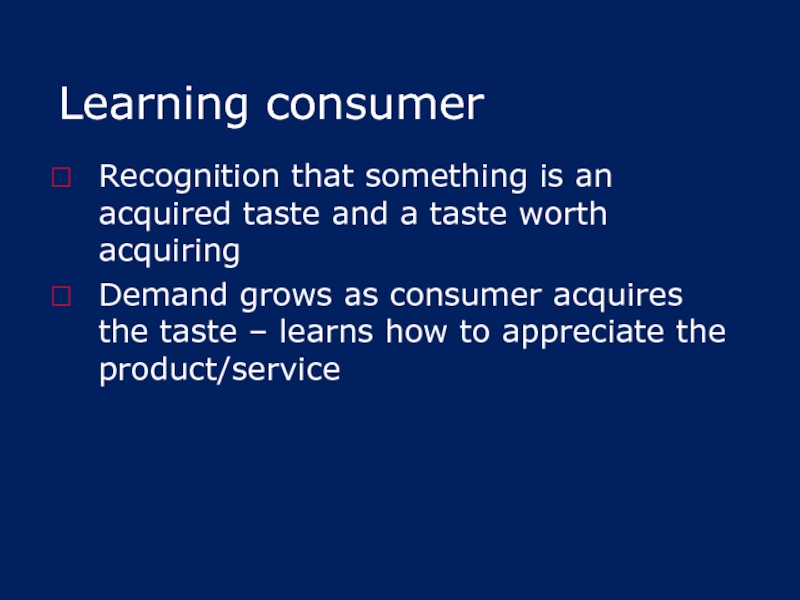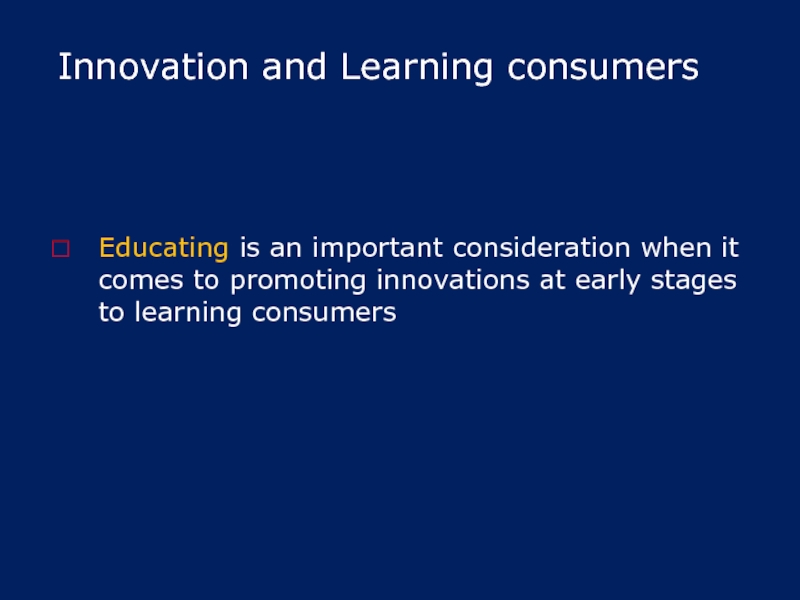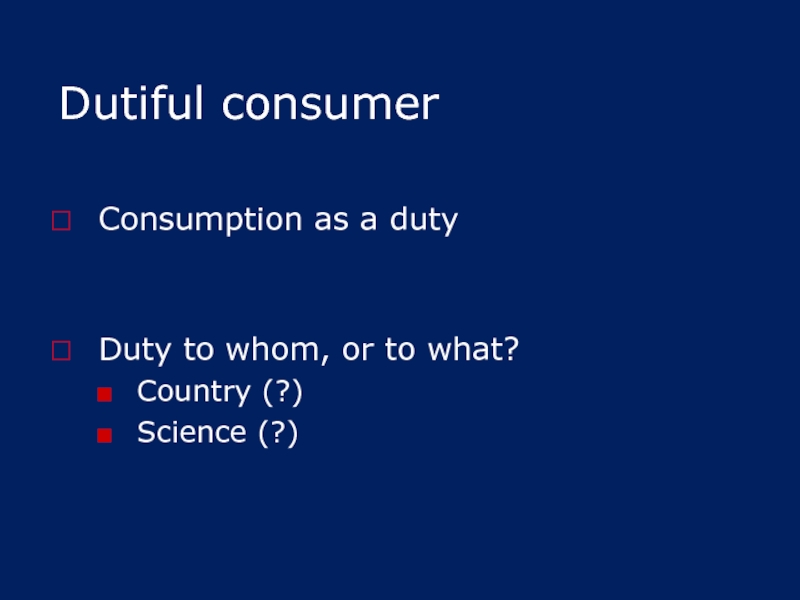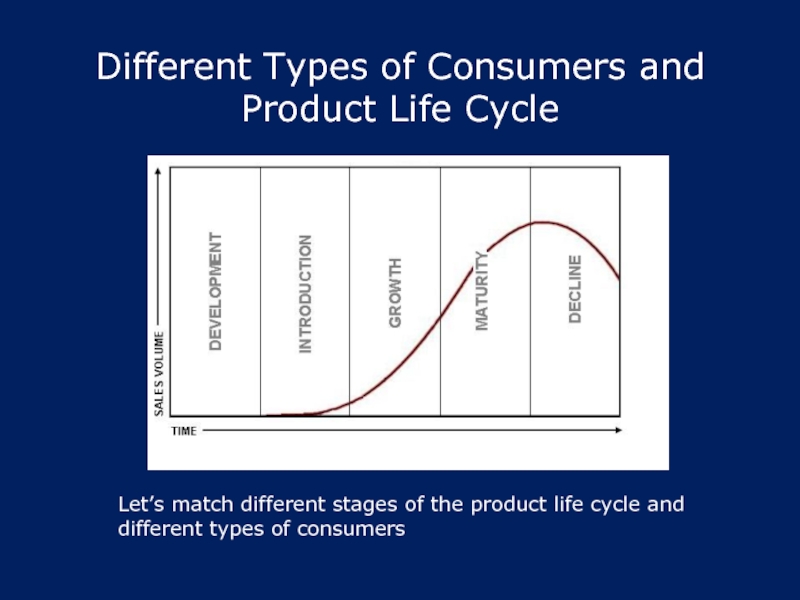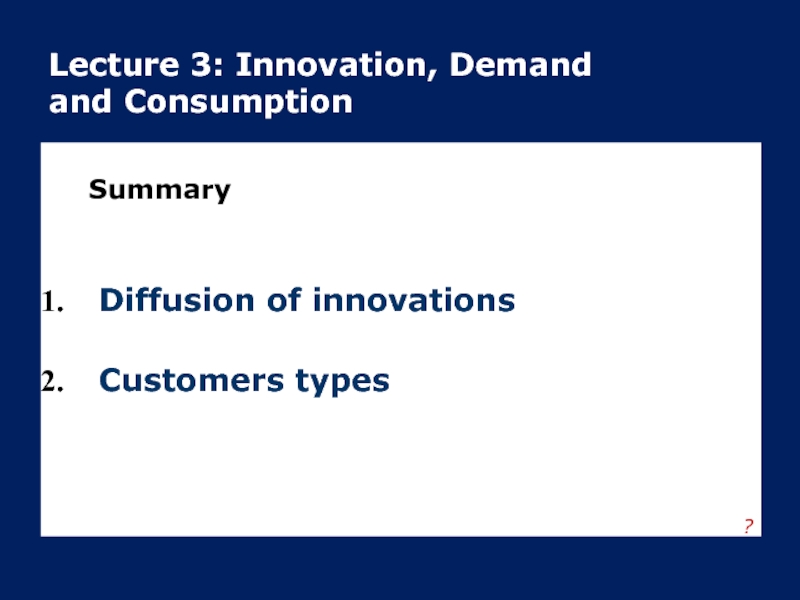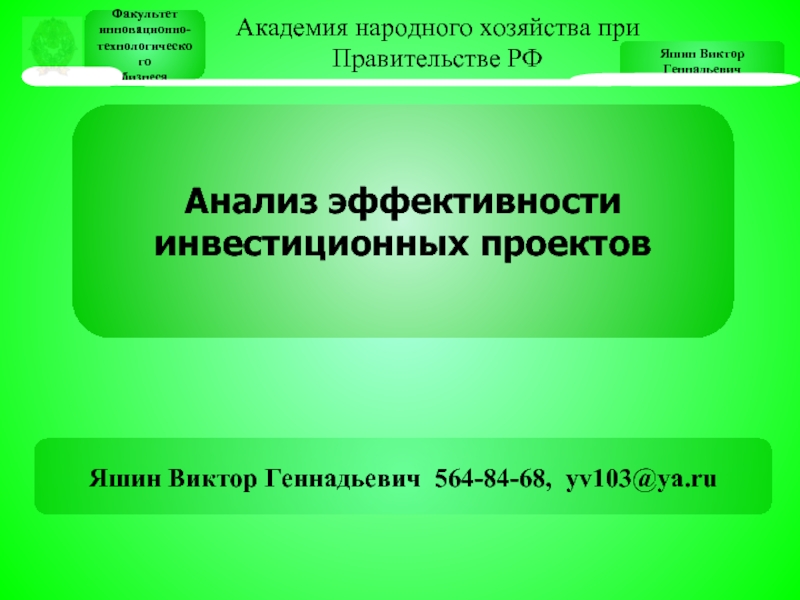- Главная
- Разное
- Дизайн
- Бизнес и предпринимательство
- Аналитика
- Образование
- Развлечения
- Красота и здоровье
- Финансы
- Государство
- Путешествия
- Спорт
- Недвижимость
- Армия
- Графика
- Культурология
- Еда и кулинария
- Лингвистика
- Английский язык
- Астрономия
- Алгебра
- Биология
- География
- Детские презентации
- Информатика
- История
- Литература
- Маркетинг
- Математика
- Медицина
- Менеджмент
- Музыка
- МХК
- Немецкий язык
- ОБЖ
- Обществознание
- Окружающий мир
- Педагогика
- Русский язык
- Технология
- Физика
- Философия
- Химия
- Шаблоны, картинки для презентаций
- Экология
- Экономика
- Юриспруденция
Economics of innovation. Lecture 3: Innovation, Demand and Consumption презентация
Содержание
- 1. Economics of innovation. Lecture 3: Innovation, Demand and Consumption
- 2. Consumers and innovation: demand and supply
- 3. The diffusion of innovations Diffusion is the
- 4. Diffusion of successful innovations follow a common path (S curve) Percentage of customer/user groups
- 5. Diffusion of online social networks (http://sephskerritt.com/2008/03/05/market-diffusion-of-online-social-networks/)
- 6. Diffusion of various innovations http://andrewgelman.com/2012/04/08/technology-speedup-graph/
- 7. Drivers of the diffusion of innovations 1.RANK
- 8. 4. EPIDEMIC Approach Diffusion spreads across
- 9. The demand for innovation Marketing
- 10. Types of Consumers Consumers are not a homogeneous group.
- 11. Six Types of Consumer Economic Consumer Veblen/Bourdieu
- 12. Economic Consumer Fixed, pre-determined wants, which the
- 13. Veblen Consumer Veblen’s concept of “conspicuous consumption”
- 14. Veblen consumers upon the launch of iPhone 5
- 15. Nike making an appeal to Veblen consumers
- 16. Marshall Consumer “In every stage of his
- 17. Marshall Consumers- the creative consumer Von
- 18. Douglas Consumer “the real moment of choosing
- 19. Galbraith Consumer “As a society becomes increasingly
- 20. Routine Consumer Just sticks to familiar consumption
- 21. Other Types of Consumer ….
- 22. Ethical consumer Green consumer Consumption choices with
- 23. Ethical Consumption and Innovation
- 24. Learning consumer Recognition that something is an
- 25. Innovation and Learning consumers
- 26. Dutiful consumer Consumption as a duty
- 27. Different Types of Consumers and Product Life
- 28. Lecture 3: Innovation, Demand and Consumption
Слайд 2Consumers and innovation:
demand and supply
We will focus on:
1. The diffusion
of innovations
2. The demand of innovation: consumers types
2. The demand of innovation: consumers types
Слайд 3The diffusion of innovations
Diffusion is the process by which innovations are
adopted and used by consumers, or in the case of process innovations, by other organisations.
Diffusion is the rate at which innovations are adopted
Whether a product or a process, it takes a long time for an innovation to diffuse across users/consumers.
The speed at which an innovation diffuses is critical to its (commercial) success.
Diffusion is the rate at which innovations are adopted
Whether a product or a process, it takes a long time for an innovation to diffuse across users/consumers.
The speed at which an innovation diffuses is critical to its (commercial) success.
Слайд 4Diffusion of successful innovations follow a common path (S curve)
Percentage of
customer/user groups
Слайд 5Diffusion of online social networks
(http://sephskerritt.com/2008/03/05/market-diffusion-of-online-social-networks/)
Слайд 7Drivers of the diffusion of innovations
1.RANK Approach
Firms can be ranked
in terms of the benefits to be obtained from the use of the new technology, assuming that adopters are different in some important dimensions (Size, Age, etc.)
2. STOCK Approach
The larger the number of users the lower the gross benefits from adoption
3. ORDER Approach
The firm’s position in the adoption order determines its gross return from adoption. Firms high in the adoption order get greater return than those lower down in the adoption order
2. STOCK Approach
The larger the number of users the lower the gross benefits from adoption
3. ORDER Approach
The firm’s position in the adoption order determines its gross return from adoption. Firms high in the adoption order get greater return than those lower down in the adoption order
Слайд 8
4. EPIDEMIC Approach
Diffusion spreads across the population like a disease based
upon information acquisition and contact.
5.EVOLUTIONARY Approach
Diffusion is the outcome of competitive selection across technologies
6.Marketing approach (see also 4)
Diffusion is the outcome of advertising and information dissemination.
5.EVOLUTIONARY Approach
Diffusion is the outcome of competitive selection across technologies
6.Marketing approach (see also 4)
Diffusion is the outcome of advertising and information dissemination.
Drivers of the diffusion of innovations
Слайд 9The demand for innovation
Marketing
e.g. Information acquisition approach (Bass 1969)
Economics
e.g. Consumer
preferences
(Deaton and Mullebower 1980)
(Deaton and Mullebower 1980)
Слайд 11Six Types of Consumer
Economic Consumer
Veblen/Bourdieu Consumer
Marshall Consumer
Douglas Consumer
Galbraith Consumer
Routine Consumer
Слайд 12Economic Consumer
Fixed, pre-determined wants, which the consumer knows in detail
If all
consumers were economic consumers there would be little market risk in innovation
Consumer is a skilled optimiser but is asocial (consumes in private)
Given same prices and income, (s)he will never vary consumption
Interested in innovations that reduce price or increase a sought-after feature of a good
Otherwise, not interested in innovation
Consumer is a skilled optimiser but is asocial (consumes in private)
Given same prices and income, (s)he will never vary consumption
Interested in innovations that reduce price or increase a sought-after feature of a good
Otherwise, not interested in innovation
Слайд 13Veblen Consumer
Veblen’s concept of “conspicuous consumption”
Desires distinction through visible consumption of
expensive items
Bourdieu consumer is similar, but seeks distinction with more modest expenditure
Veblen and Bourdieu consumers are interested in innovation to the extent that these give an opportunity to show distinction, e.g. Rolls Royce
Bourdieu consumer is similar, but seeks distinction with more modest expenditure
Veblen and Bourdieu consumers are interested in innovation to the extent that these give an opportunity to show distinction, e.g. Rolls Royce
Слайд 15Nike making an appeal to Veblen consumers with their customized shoes
CREATE
YOUR OWN NIKE FREE iD
However close to barefoot you like your run to feel—your reasons are exclusively your own. Run Free, your way.
However close to barefoot you like your run to feel—your reasons are exclusively your own. Run Free, your way.
EXPRESS YOUR IDENTITY
Слайд 16Marshall Consumer
“In every stage of his progress he is destined to
contrive and invent, to engage in new undertakings; and when these are accomplished, to enter with fresh energy upon others.”
(McCulloch, 1864, quoted in Marshall, 1927)
Marshall consumers are interested to explore what innovations can do for them, but they are not uncritical in their consumption of innovations (see Von Hippel, 2005)
(McCulloch, 1864, quoted in Marshall, 1927)
Marshall consumers are interested to explore what innovations can do for them, but they are not uncritical in their consumption of innovations (see Von Hippel, 2005)
Слайд 17Marshall Consumers- the creative consumer
Von Hippel E., Ogawa S. & De
Jong J. (2011) The age of the consumer-innovator, MIT Sloan Management Review, Fall,53, 1, 27-35.
Слайд 18Douglas Consumer
“the real moment of choosing is ... choice of comrades
and their way of life”
(Douglas, 1983)
Douglas consumers may be cautious about consuming innovations that might seem to cast doubt on their peer group loyalty
But they may find innovation and imaginative ways to confirm group loyalty
And if the group leader(s) adopt(s) an innovation, then other Douglas consumers may follow rapidly
(Douglas, 1983)
Douglas consumers may be cautious about consuming innovations that might seem to cast doubt on their peer group loyalty
But they may find innovation and imaginative ways to confirm group loyalty
And if the group leader(s) adopt(s) an innovation, then other Douglas consumers may follow rapidly
Слайд 19Galbraith Consumer
“As a society becomes increasingly affluent, wants are increasingly created
by the process by which they are satisfied …. producers may proceed actively to create wants through advertising and salesmanship. Wants thus come to depend on output.”
(Galbraith, 1958)
Mass market and advertising
Galbraith consumers need encouragement from marketers to give innovations a try
(Galbraith, 1958)
Mass market and advertising
Galbraith consumers need encouragement from marketers to give innovations a try
Слайд 20Routine Consumer
Just sticks to familiar consumption items (“tried and tested”)
Does not
optimise
Not influenced by advertising
Does not seek distinction
Does not seek novelty
Not influenced by peer pressure
Liable to be very suspicious of innovations
Not influenced by advertising
Does not seek distinction
Does not seek novelty
Not influenced by peer pressure
Liable to be very suspicious of innovations
Слайд 22Ethical consumer
Green consumer
Consumption choices with reference to effects on sustainability
Ruskin consumer
Consumption
choices with reference to effects on producing labour
Слайд 23Ethical Consumption and Innovation
Can you think of examples of companies innovating
to appeal to the ethical consumers?
Слайд 24Learning consumer
Recognition that something is an acquired taste and a taste
worth acquiring
Demand grows as consumer acquires the taste – learns how to appreciate the product/service
Demand grows as consumer acquires the taste – learns how to appreciate the product/service
Слайд 25Innovation and Learning consumers
Educating is an important consideration when it comes
to promoting innovations at early stages to learning consumers
Слайд 27Different Types of Consumers and Product Life Cycle
Let’s match different stages
of the product life cycle and
different types of consumers
different types of consumers
